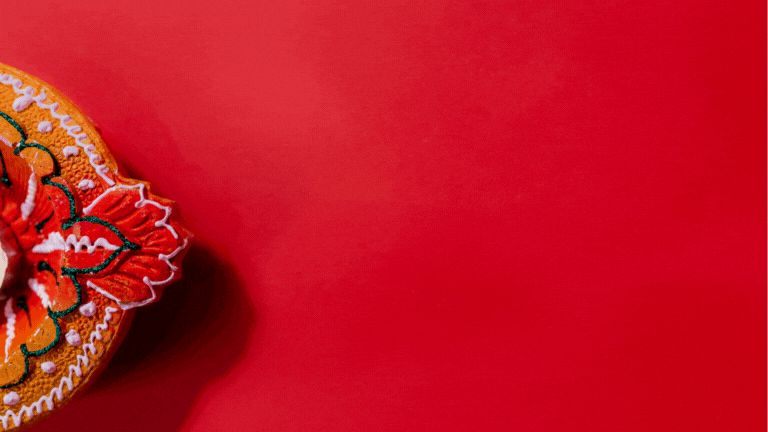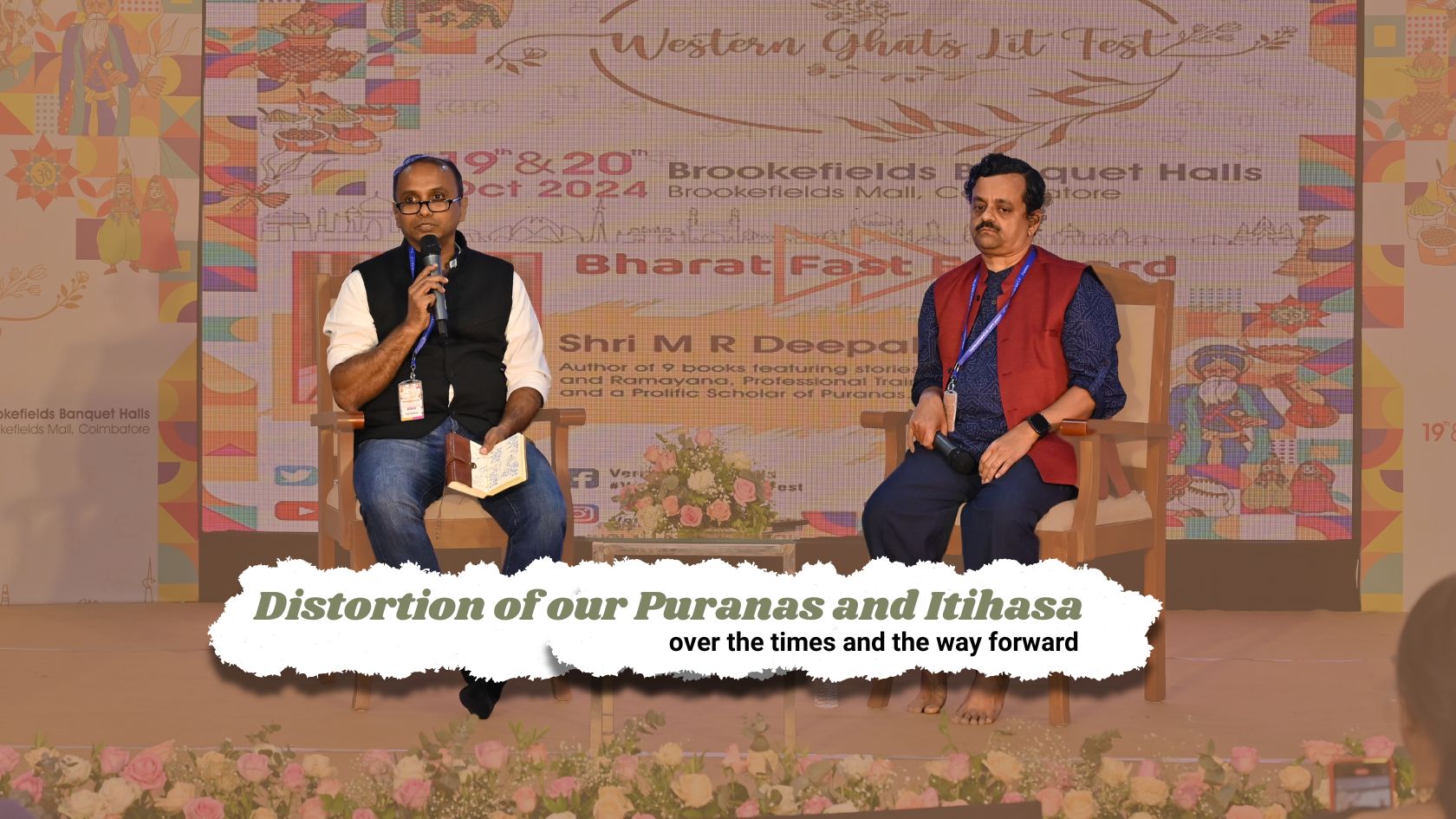
In the vibrant tapestry of Tamil culture, the traditional practice of adorning a cloth on the head, known as "thalappagai," held profound significance. It was more than just a mere piece of fabric; it symbolized heritage, identity, and a way of life that transcended generations. However, the colonial period marked a pivotal juncture in Tamil history, leading to the erosion of not only thalappagai but various other clothing elements that had deep-rooted cultural connections.
Thalappagai - A Symbol of Tamil Tradition and the Significance of Sahasra Chakra
Thalappagai, often referred to as the turban, was an essential accessory for Tamil men. It symbolized much more than just a piece of cloth on one's head. It was a representation of heritage and cultural identity. Within this tradition, the Sahasra Chakra held a special place. The Sahasra Chakra, a hidden knot, was believed to be located on the crown of the head, and thalappagai played a crucial role in covering and protecting it. This practice was deeply rooted in spiritual and cultural beliefs, signifying the preservation of one's vital energy.
Colonial Intrusion, Cultural Shift, and the Importance of Decolonization
The colonial era marked a significant turning point in Tamil history, introducing Western influences that led to the erosion of traditional attire, including thalappagai. What followed was a sense of inferiority among many Indians, as the British imposed their norms and values. This inferiority complex has lingered in the minds of many young Indians. Decolonization, in the context of clothing culture, is not just about reviving traditional attire but also about shedding the notion of Western culture's superiority. It is crucial for young Indians to embrace their heritage without feeling inferior to Western norms.
Loss of Angavasthra and the Ritual of Sandalwood Paste
Angavasthra, a significant component of Tamil clothing culture, was often worn with thalappagai. It added a touch of elegance to the attire. However, there was more to it than meets the eye. Men also applied sandalwood paste on their bodies, a practice rooted in spiritual, cultural, and scientific beliefs. Sandalwood paste was not merely a cosmetic choice; it had a cooling effect on the body, kept the skin healthy, and was seen as a way to purify oneself before engaging in religious rituals.
Vanishing Kadukkan and Aruna Kairu, and the Ancient Knowledge of Stem Cells
Kadukkan, traditional earrings, and Aruna Kairu, the silver hip rope, were more than just accessories. They held a piece of ancient Indian wisdom – the incorporation of a piece of a mother's umbilical cord into a capsule, which was tied with the hip rope. This practice unknowingly exhibited knowledge of stem cells long before modern science understood their significance. It showcased the deep connection between tradition and science, highlighting the advanced understanding of the human body that prevailed in ancient Indian culture.
The Resilience of Tamil Culture
Despite the colonial intrusion, Tamil culture is far from lost. Today, there is a resurgence of interest in reviving traditional clothing elements. Many young individuals are rediscovering the beauty of thalappagai, angavasthra, kadukkan, and Aruna Kairu. These pieces are no longer confined to history but are making their way back into contemporary Tamil fashion.
Conclusion
The story of thalappagai is a chapter in the larger narrative of Tamil culture's resilience and adaptability. While the colonial period brought about significant changes, the legacy of these lost clothing elements still lives on in the hearts and minds of the Tamil people. As the young generation begins to appreciate the richness of their heritage, the revival of these traditional treasures is a testament to the enduring spirit of Tamil culture.
NEXT ARTICLE

The Venkateshwara Swami Temple in Tirupati is among the holiest places in the world for Hindus. Millions of people throng the temple every year to get...

It is a sad reality that our Itihasa and Puranas have been subject to severe distortion over the years. This is not surprising considering how even th...

The holy land of Bharat follows Sanatana Dharma. The word Sanatana Dharma is a Sanskrit word meaning, “Eternal law”. It is the indestructible ultimate...